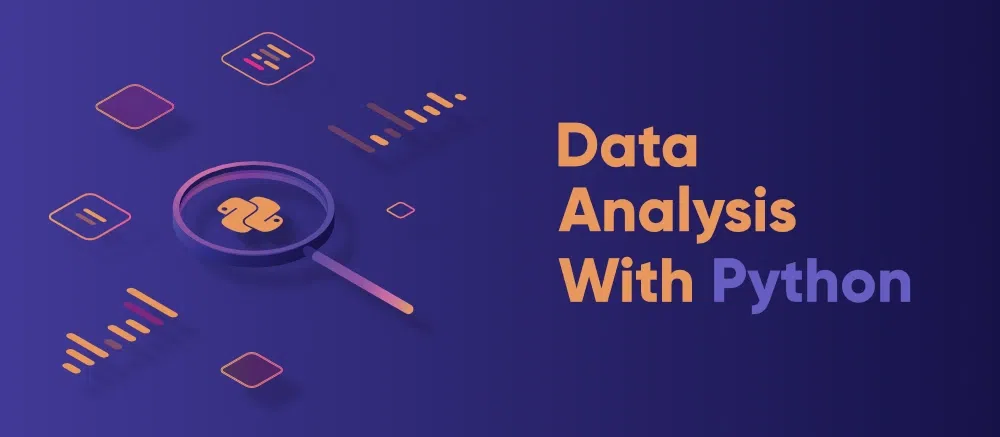Data Analysis with Python
A "Data Analysis with Python" course typically covers the use of the Python programming language for performing data analysis tasks. Python has become a popular choice for data analysis due to its simplicity, versatility, and a rich ecosystem of libraries and tools specifically designed for data manipulation, analysis, and visualization. Here's an overview of what you might expect from a course on data analysis with Python:
Introduction to Python:
- Basics of Python programming language, syntax, and data structures.
- Understanding variables, data types, and basic operations.
NumPy and Pandas:
- Introduction to NumPy for numerical computing with arrays.
- Utilizing Pandas for data manipulation and analysis with DataFrame structures.
Data Cleaning and Preprocessing:
- Handling missing data, outliers, and data imputation.
- Data normalization and transformation.
Data Visualization:
- Using libraries like Matplotlib and Seaborn for creating informative visualizations.
- Plotting different types of charts and graphs to explore data.
Exploratory Data Analysis (EDA):
- Techniques for exploring datasets and summarizing key statistics.
- Uncovering patterns, trends, and relationships within data.
Statistical Analysis:
- Basic statistical concepts for data analysis.
- Hypothesis testing, p-values, and statistical significance.
Machine Learning Basics:
- Introduction to machine learning concepts and algorithms.
- Practical implementation of machine learning models using popular libraries like Scikit-Learn.
Case Studies and Projects:
- Applying learned concepts to real-world datasets.
- Working on hands-on projects to reinforce skills.
Integration with Jupyter Notebooks:
- Using Jupyter Notebooks for interactive and collaborative data analysis.
- Documenting and sharing analysis results.
Best Practices and Optimization:
- Writing efficient and readable code for data analysis.
- Tips for optimizing code performance.
Data Analysis Workflow:
- Understanding the end-to-end data analysis process.
- Building a structured workflow for effective analysis.
Courses may vary in terms of depth, focus, and specific tools covered. It's common for instructors to use relevant datasets and real-world examples to ensure practical application of the concepts learned throughout the course. Additionally, some courses may delve into specific Python libraries for machine learning, such as TensorFlow or PyTorch, depending on the course's scope and objectives.
Prerequisites This course requires prior knowledge of Computer Appreciation
Who should take this course?
- Freshers looking to make a career in Data analysis q
-
